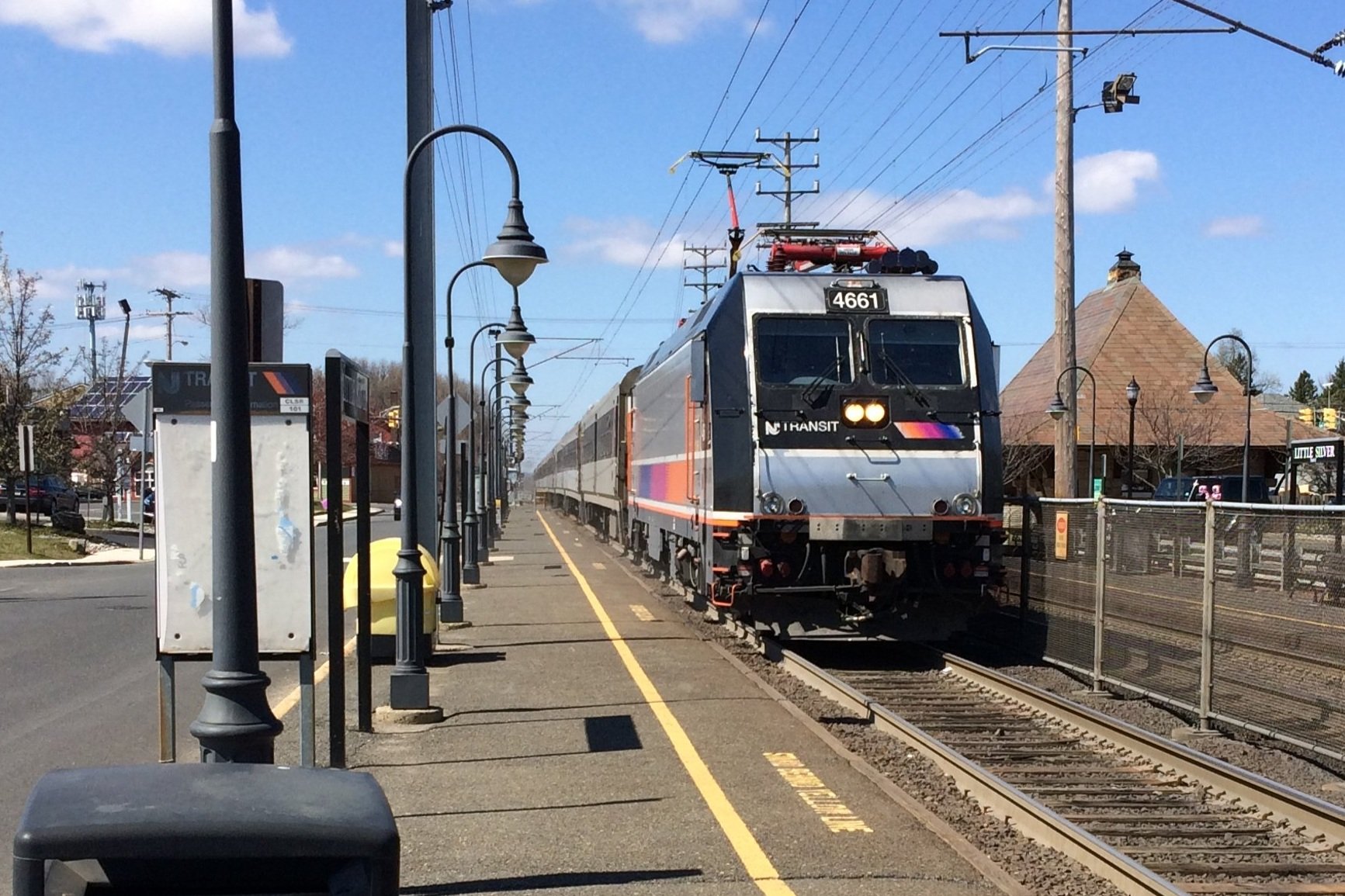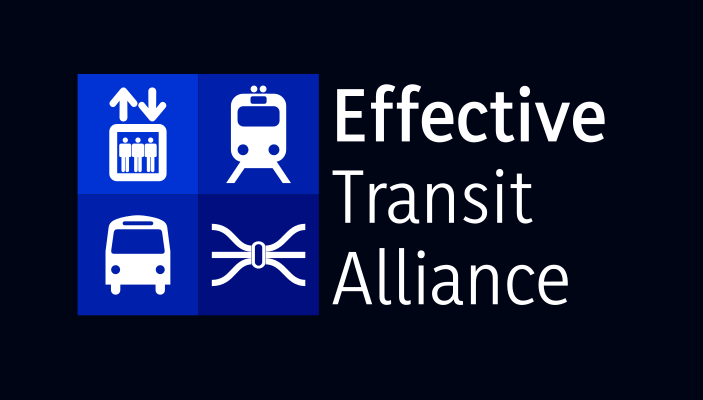
Fairer Fares for Regional Rail
Feb 14, 2022
Fares on our regional trains are prohibitively high and confusing.
Fixing that can drive major increases in ridership.
The MTA is moving in the right direction with its latest LIRR and Metro-North fares, but it isn’t enough. Fares remain some of the highest in the world. Zones remain incomprehensible, making the system difficult to navigate, especially for infrequently made trips. Discounted fares such as the Atlantic Ticket are difficult to find and not available through every purchase route. MTA and its partners can implement a drastic simplification of the zones and reductions in suburban rail fares quickly and begin to close the gap with what is standard around the world.
Zones
We propose standardization of LIRR, MN, and NJT fare zones. Our near-term framework sets a single fare to around $0.20 per mile. A single 48.5-mile ride from Ronkonkoma to New York Penn Station would cost under $12; it costs $19.75 at the peak and $14.25 off-peak today. We would eliminate the peak fare premium, reflecting decreased need to relieve crowds on peak trains.
Proof of payment
Under today’s system, the cost of fare collection in large part drives high fares. The LIRR and Metro-North currently utilize multiple onboard conductors and fare collectors on each train to manually collect tickets, a process which cost almost $500 million in 2020. They should be able to slowly retrain these employees into other roles. A high-quality experience requires a significant but manageable number of additional ticket vending machines and fare validators, which will require additional maintenance personnel. The rest of the conductors should be retrained as engineers. Even NJ Transit, whose suburban rail system has many low platforms that will necessitate conductors, should be able to retrain fare collectors on trains that mostly serve high-platform stations.
